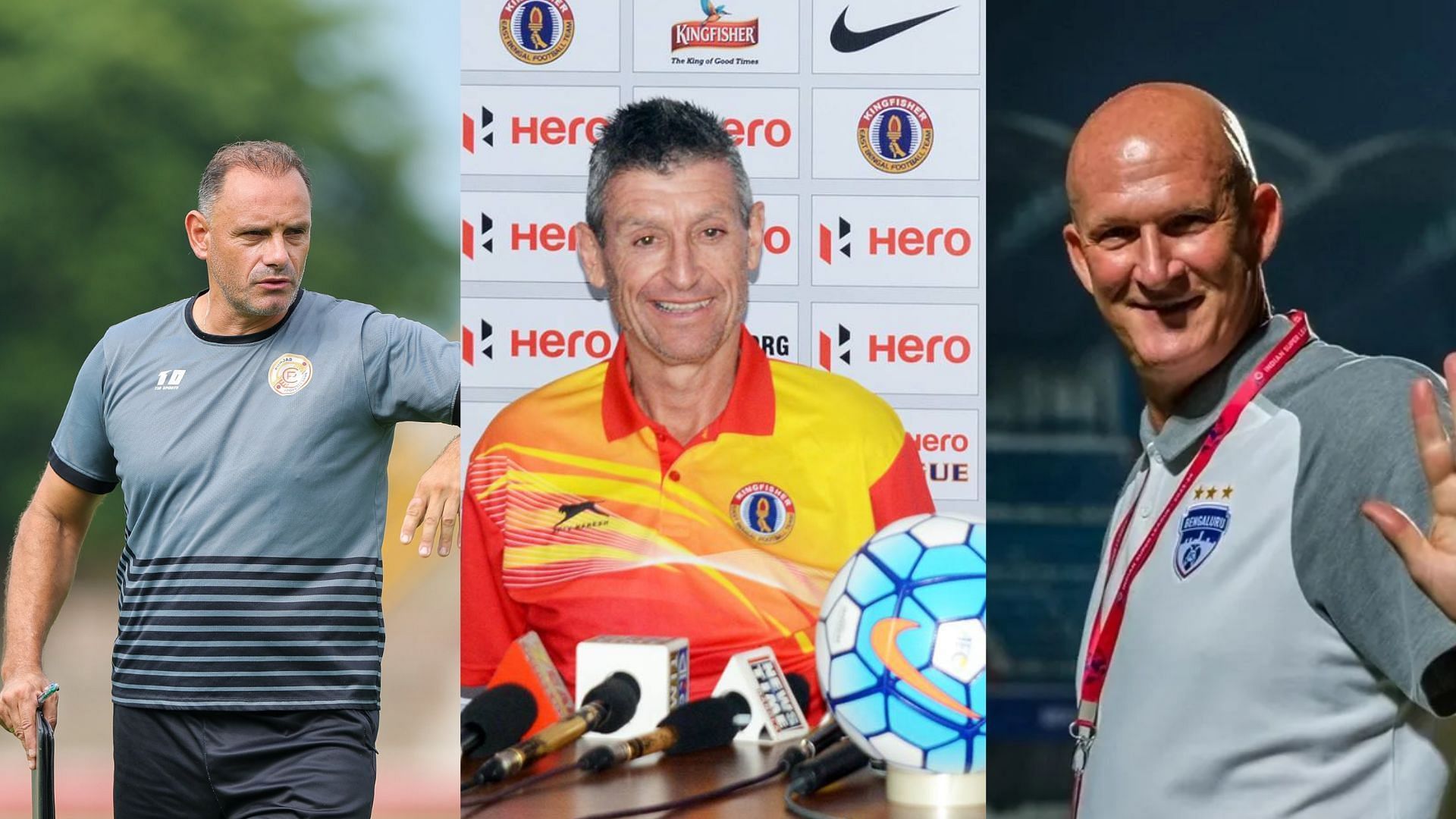
5 criteria AIFF should keep in mind before hiring next head coach for Indian football team
The All India Football Federation (AIFF) announced its decision to part ways with head coach Igor Stimac following India’s disappointing exit from the FIFA World Cup 2026 qualifiers. The search for a new head coach is underway, with several candidates already linked to the position.
The last two head coaches, Stephen Constantine and Igor Stimac, undoubtedly brought a renewed sense of belief to Indian football. During their tenure, India broke into the top 100 of the FIFA World Rankings multiple times and won several trophies.
While there were ups and downs, it is fair to say that the national team enjoyed stability under both coaches. Consequently, the AIFF will be looking for a head coach who can meet the long-term needs of Indian football and build on the foundation established by the predecessors.
As the AIFF undertakes a thorough process to hire the next head coach, here are five primary criteria they should consider before making their selection.
Experience
Experience is undoubtedly a major factor, given India’s rankings and the need to develop player quality. The last three head coaches had the familiarity of managing national teams, which played a crucial role as they understood how to prepare the players and assess the long-term vision.
The AIFF will prefer someone with experience of managing a national team, but they may also consider coaches with expertise of managing in the ISL and the I-League. This could be advantageous, as they would already be familiar with the players’ abilities, the league structure, and the overall quality of competition in the country.
Having a realistic vision for the future of Indian football
The term ‘process’ is often mentioned in football, but it is especially crucial given Indian football’s recent struggles. The Blue Tigers have had a significant decline this year, dropping from 99th to 124th in the FIFA Rankings, while winning just once in their last 11 games.
Players have appeared lacking in confidence on the pitch and have struggled against stronger opponents. Therefore, the AIFF and the new head coach must share a similar vision of where Indian football is heading.
They must realistically assess the current state of Indian football and understand that time is needed to achieve consistent progress. Ultimately, a transparent and clear approach is vital for elevating Indian football to new heights and building on the established foundations.
Clear identity and game model
Style of play will also be a significant factor in the AIFF’s selection of the new head coach. Ideally, the Federation will prefer someone with an attack-minded philosophy and a desire to control the game with possession. However, it is equally important that the new head coach has solid defensive principles when India faces stronger opponents.
Ultimately, whether the new coach emphasizes possession or not, the most crucial factor is having a structured game model and a clear philosophy that aligns with the players’ strengths.
Under Stimac, India had an identity, but it was often not clear. Players were not utilized to their full potential, which cost the team in the FIFA World Cup Qualifiers. Consequently, the new head coach must come up with a clear game model, but more importantly, help the players adapt and stick with it.
Integrating young players into the national setup
In his early days, Igor Stimac was instrumental in introducing younger players into the team. During his tenure, he has handed debuts to 37 players, while also establishing a strong young core that now forms the foundation of the Indian squad.
The new head coach should adopt a fearless approach to integrating young talent into the national setup, especially with Sunil Chhetri’s retirement and veterans like Gurpreet Singh Sandhu and Sandesh Jhingan needing successors sooner rather than later.
The coach must be capable of building a team around rising stars such as Lallianzuala Chhangte, Apuia, and Anwar Ali, while also having the know-how of when to introduce and trust young players into the starting lineup, which will ultimately benefit India in the long run.
Ability to adapt tactically
This was perhaps a major drawback for India under Igor Stimac, especially during his final months in charge of the national team. Despite having a strong set of players, they were often not utilized to their strengths, and Stimac’s in-game tactical adaptation was poor at times.
As a result, when opponents came better prepared to counter India’s attacking threat, Stimac’s men struggled to find solutions. Additionally, his substitutions were frequently questioned throughout his tenure.
The new coach must possess high tactical acumen and be extremely flexible in their approach, as India will regularly face stronger opponents. This flexibility is crucial for the Blue Tigers to advance to the next stage of their development, as the game is evolving continuously.